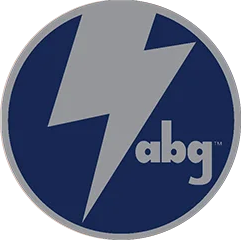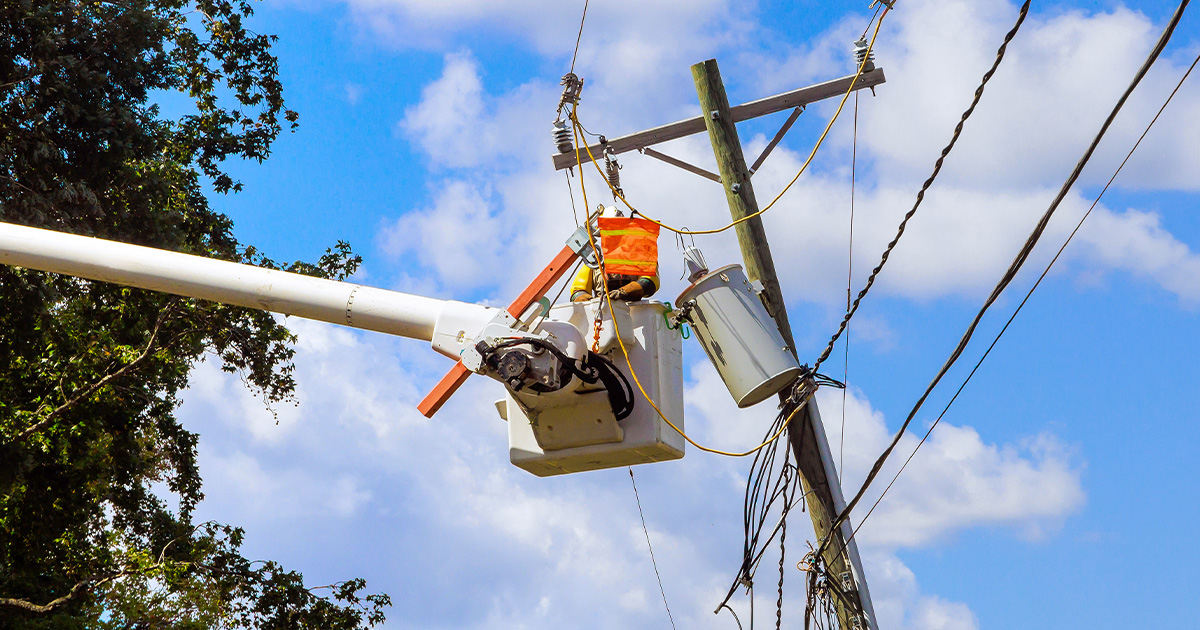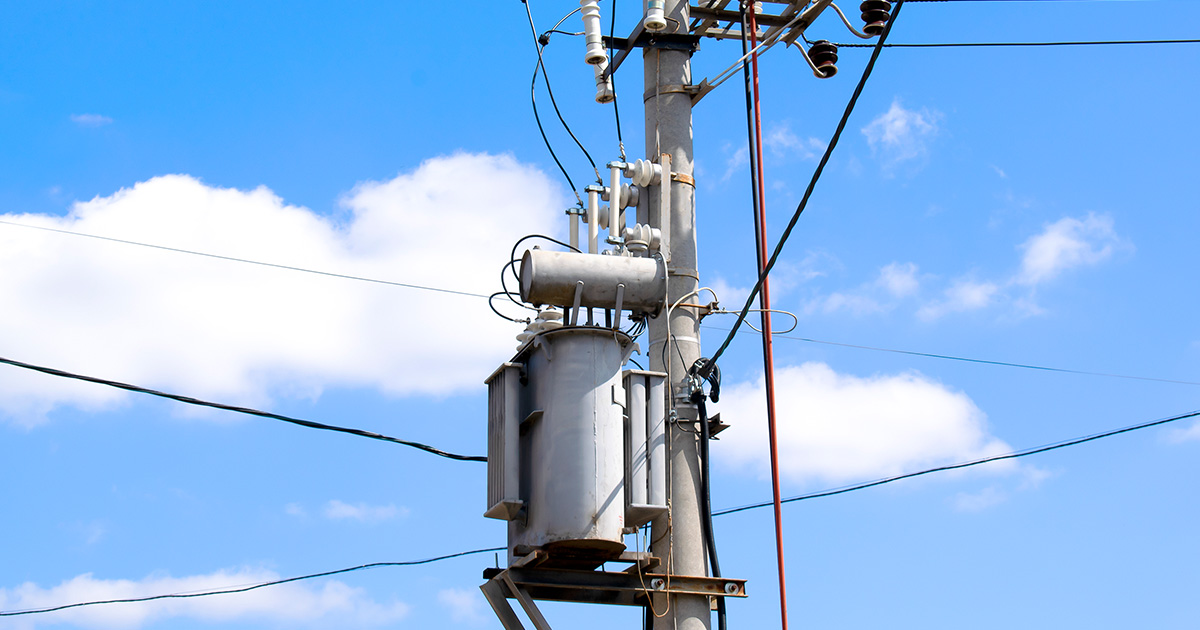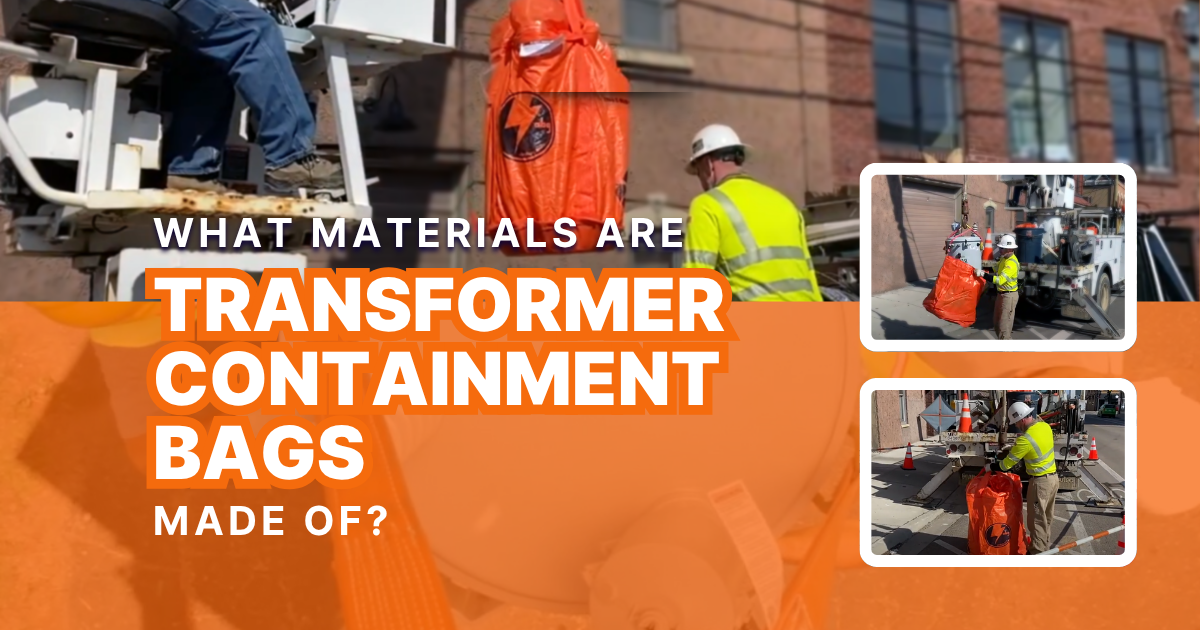
What Materials Are Transformer Containment Bags Made Of?
When it comes to handling transformers—whether during routine maintenance, transportation, or emergency response—having the right containment solution is critical. Transformer Containment Bags play a central role in environmental safety, regulatory compliance, and spill prevention. But what gives these containment bags their strength and reliability? It all comes down to the materials used in their construction.
In this article, we’ll break down the typical materials that go into manufacturing high-performance Transformer Containment Bags, and explain how each component contributes to effective containment, especially when it comes to Transformer spill containment, Transformer transport, and field-ready solutions like Utility pole containment bags.
Why Materials Matter in Transformer Containment
Transformer containment isn’t just about preventing oil leaks—it’s about protecting soil, waterways, and communities from hazardous exposure. These bags are designed to contain oils, chemicals, and sometimes even polychlorinated biphenyls (PCBs), making material selection vital.
The materials used must be durable, resistant to punctures, able to withstand temperature extremes, and compliant with Department of Transportation (DOT) regulations. That’s why Transformer Containment Bags are often made from multi-layered, industrial-grade fabrics with built-in reinforcements and optional absorbent linings.
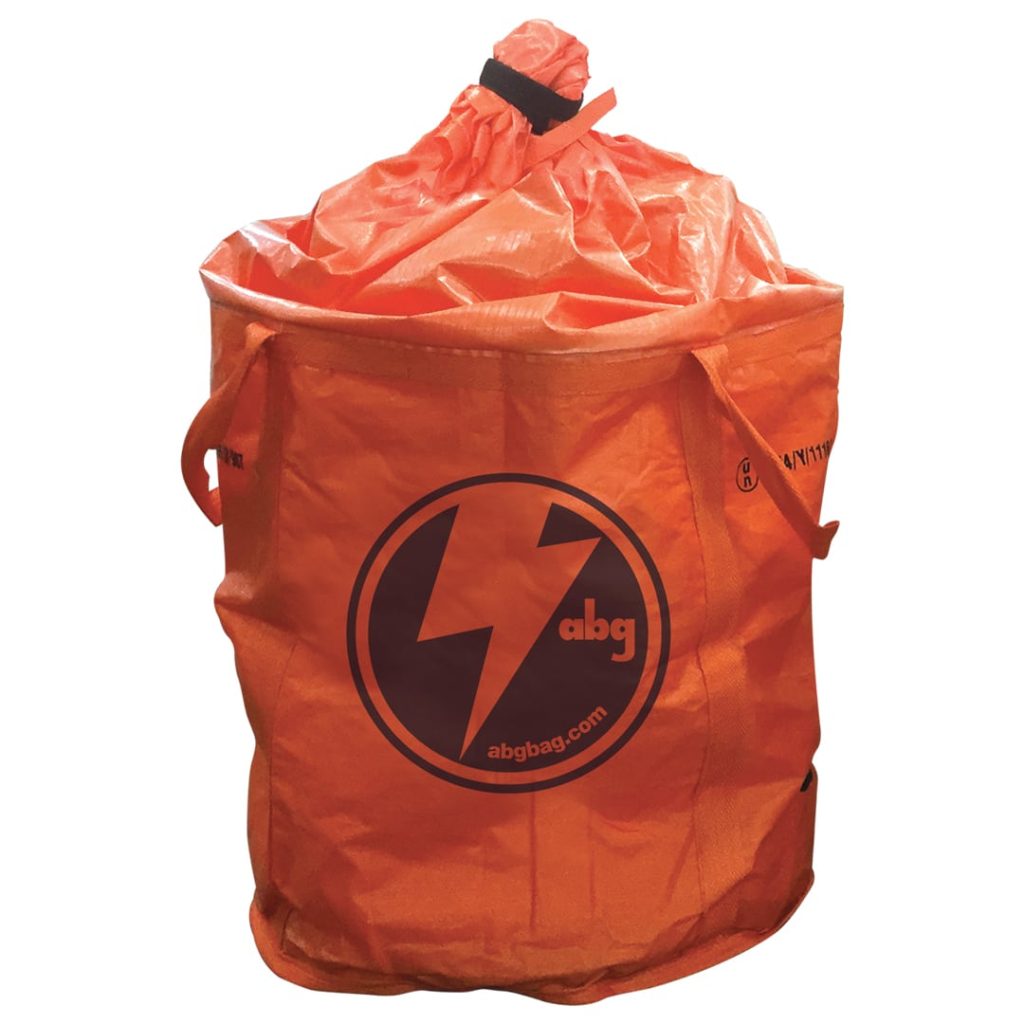
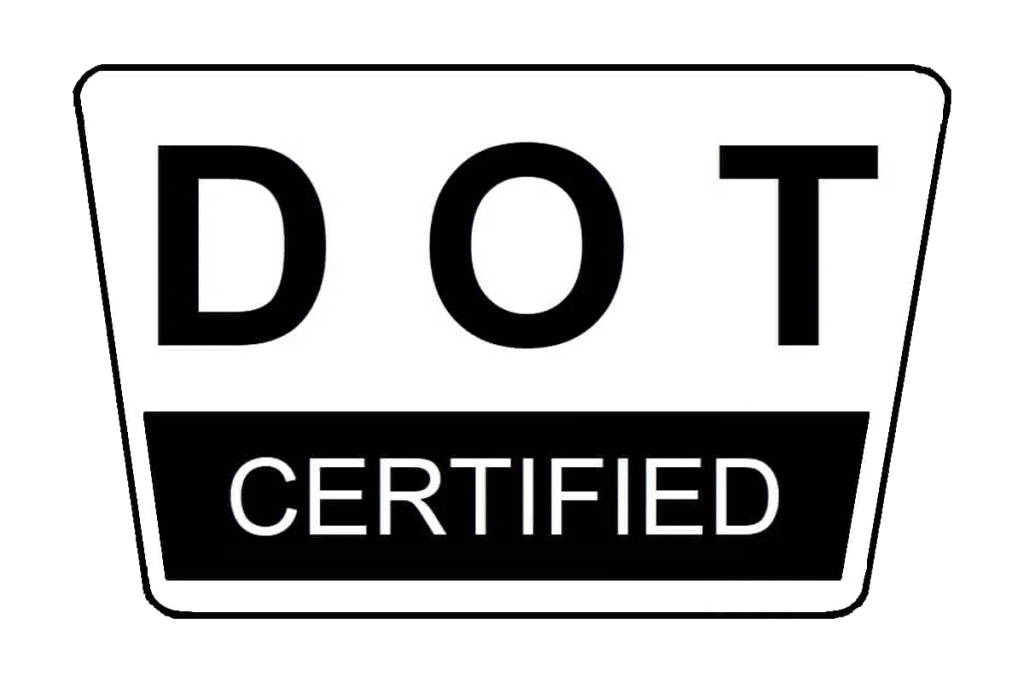
Common Materials Used in Containment Bags
HDPE is known for its chemical resistance and durability. It is commonly used in containment liners and outer layers due to its ability to resist transformer oil and other industrial fluids. This material is lightweight yet strong, making it ideal for transformer oil containment bags used in remote field conditions.
PVC-coated fabrics offer excellent flexibility, abrasion resistance, and waterproofing. These are frequently used in both Utility pole containment bags and pole mount transformer containment bag designs because of their adaptability to irregular surfaces and harsh environments. PVC is also flame retardant and UV resistant—key features for equipment that’s often exposed to the elements.
TPU is used in applications where high elasticity and puncture resistance are required. Its smooth surface makes it easier to clean, and it offers better environmental stability than some other materials. TPU is an excellent option for transformer containment bags that are reused frequently or exposed to extreme weather conditions.
Many containment bags feature internal or external geotextile layers to add structural support. These woven or non-woven fabrics enhance tear resistance and provide additional containment security, especially in heavy-duty applications like PCB transformer containment bags or when transporting transformers with compromised casings.
Some transformer containment products include built-in or optional absorbent layers. These liners are designed to immediately soak up transformer oil during a spill, helping to contain the fluid before it reaches the soil. The absorbent layer is often made from melt-blown polypropylene, which has high oil absorption capacity and chemical resistance.
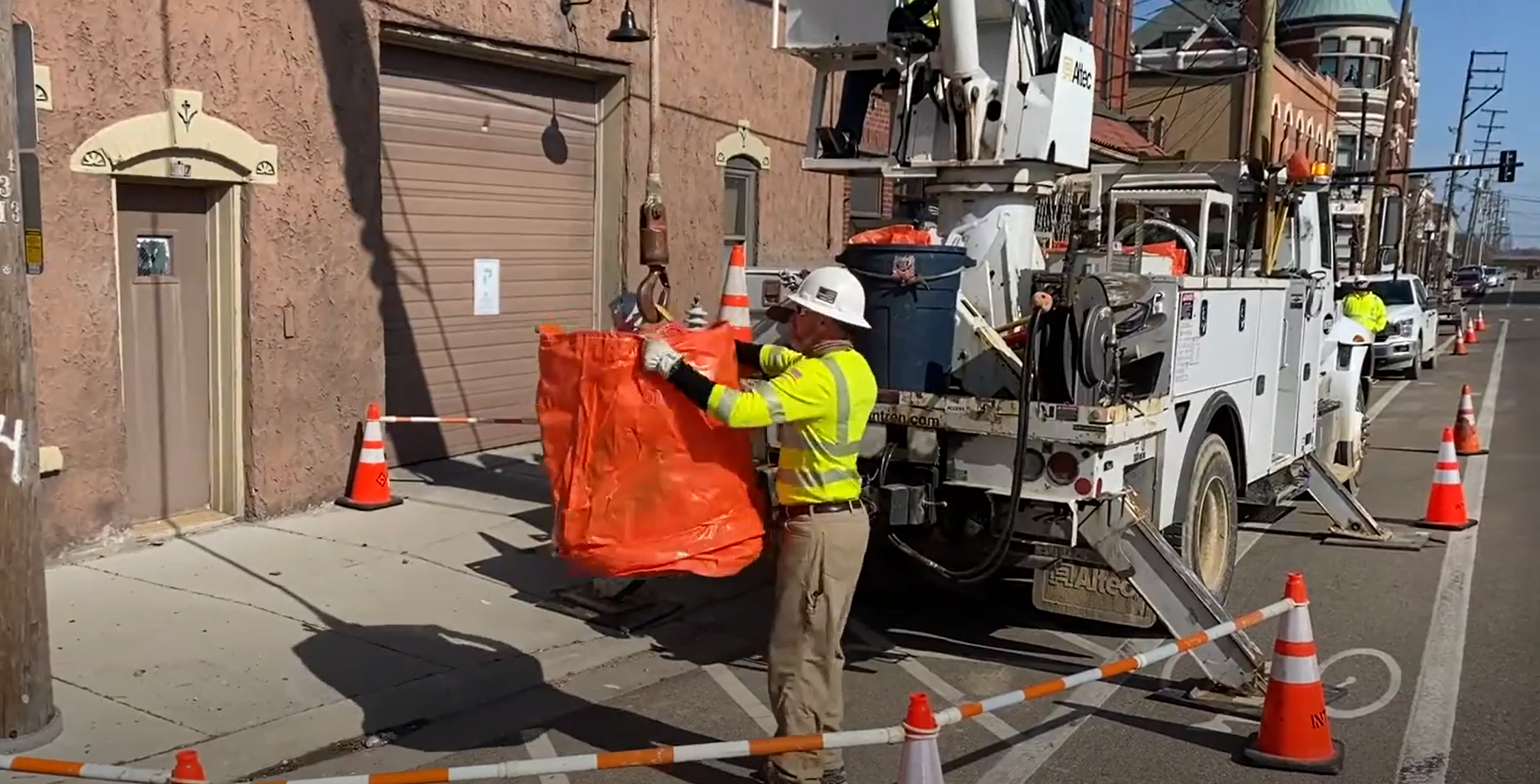
Special Considerations for DOT Approved Containment Bags
DOT approved containment bags must meet specific criteria for the safe transport of hazardous materials, including used transformers and transformer oil. These requirements include puncture resistance, leak-proof seams, and secure closure systems.
Materials used in DOT approved containment bags must undergo rigorous testing to verify their strength, oil resistance, and compliance with hazardous waste transport regulations. Reinforced handles, UV-stabilized fabrics, and tamper-resistant closures are all common features in DOT-compliant designs.
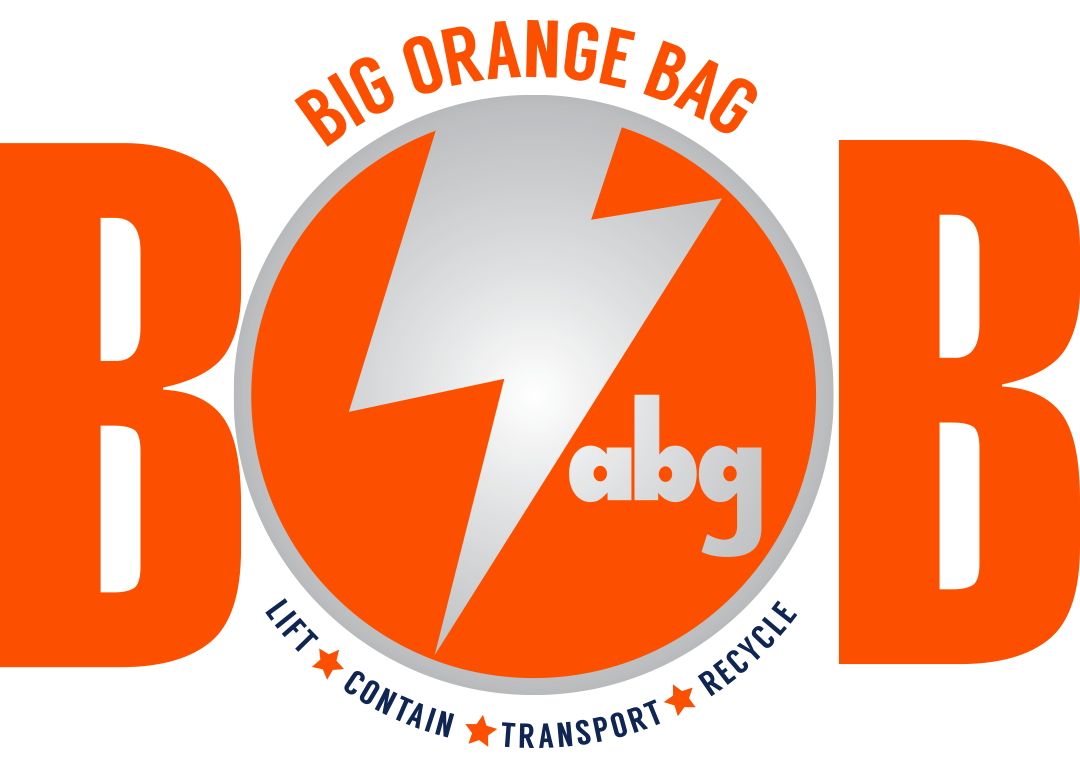
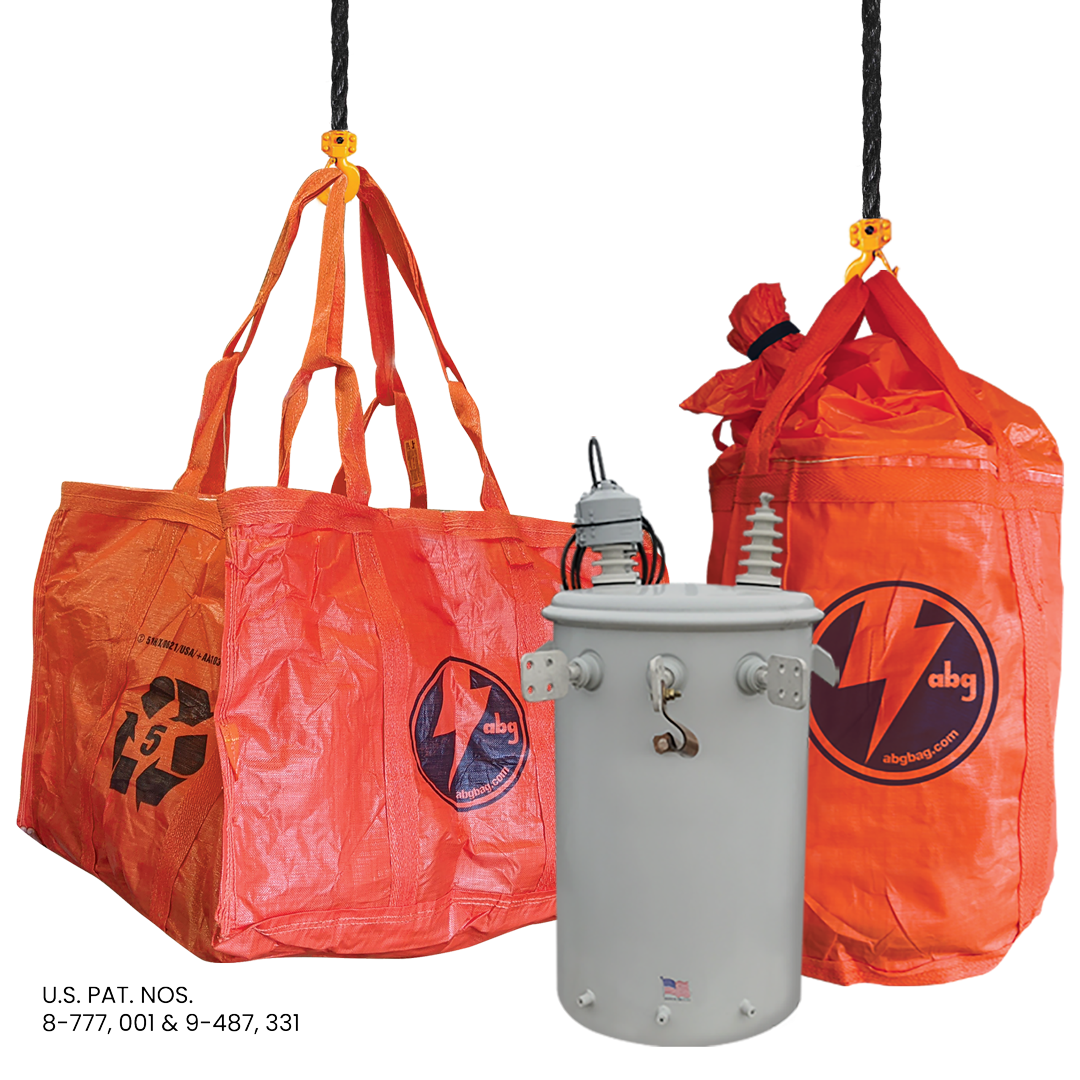
Matching Material to Application
Every utility or field operation is different. That’s why it’s important to match the material type and bag features to the specific risks and use cases:
- Routine Maintenance: Choose reusable PVC or TPU containment bags for durability.
- Emergency Spill Response: Look for bags with built-in absorbent liners and quick-deploy features.
- PCB Risk Areas: Use reinforced bags with chemical-resistant liners for extra protection.
- Transport to Disposal: Ensure you use DOT approved containment bags with leak-proof, puncture-resistant construction.
Why It Matters in Real-World Scenarios
Picture this: A vehicle collides with a utility pole, and the pole-mounted transformer ruptures. Without a pole mount transformer containment bag made of reliable, high-performance materials, transformer oil can spill into nearby soil or storm drains—causing costly cleanup, potential fines, and environmental damage.
By selecting containment bags made from strong, resistant materials, utility companies and contractors dramatically reduce their liability and uphold environmental standards.
For more on this topic, see the Essential Guide to Transformer Containment and Transport Bags which outlines key considerations and options available for containment systems.
Material Choice Supports Environmental Responsibility
Sustainability in the utility and energy sectors starts with better equipment and smarter materials. With transformer containment bags constructed from recyclable or reusable materials, companies can reduce waste and lower their environmental footprint while maintaining strict compliance with regulations.
High-performance containment bags help utilities align with broader environmental initiatives and build trust with the communities they serve.
Whether you’re storing, transporting, or decommissioning a transformer, the materials used in your containment solution directly impact safety, compliance, and environmental responsibility. From PVC and HDPE to advanced geotextiles and integrated liners, every component plays a part in stopping transformer spills before they become liabilities.
Choosing the right containment solution starts with understanding your application and knowing what materials best meet your needs. The right bag can make the difference between a controlled situation and a major incident.
Do You Have Questions?
For inquiries about our products, order status, or any other information related to ABG Bag Inc., send us a message, and we will respond soon.
Sales & Customer Care
Product Questions



